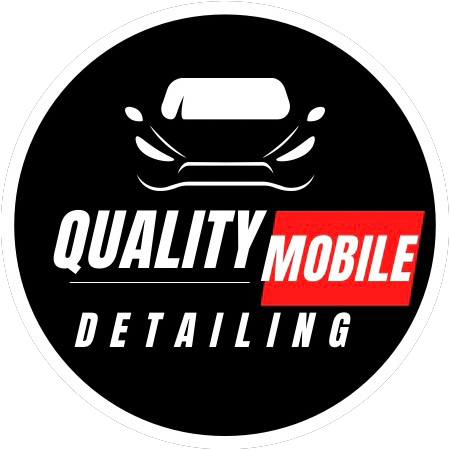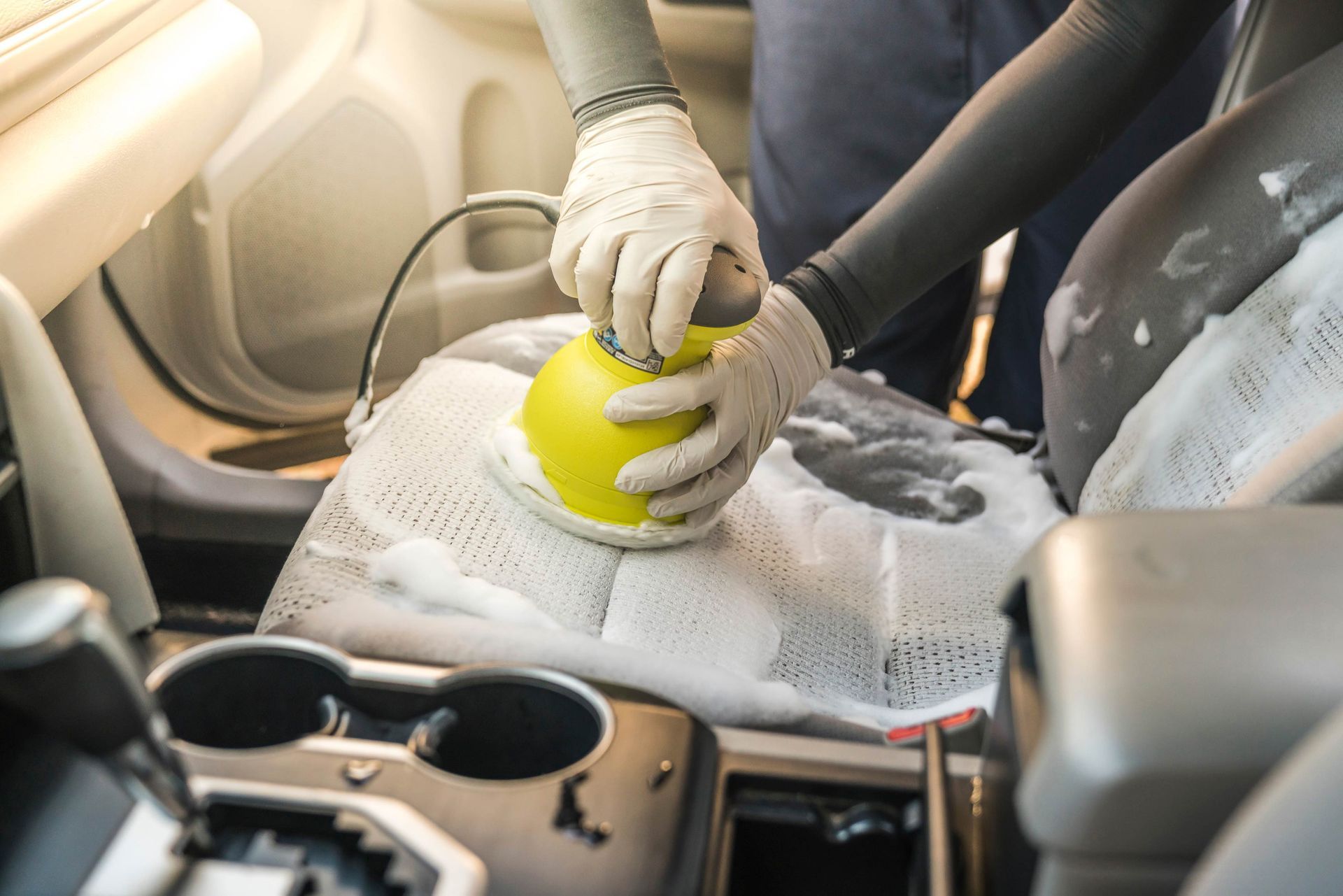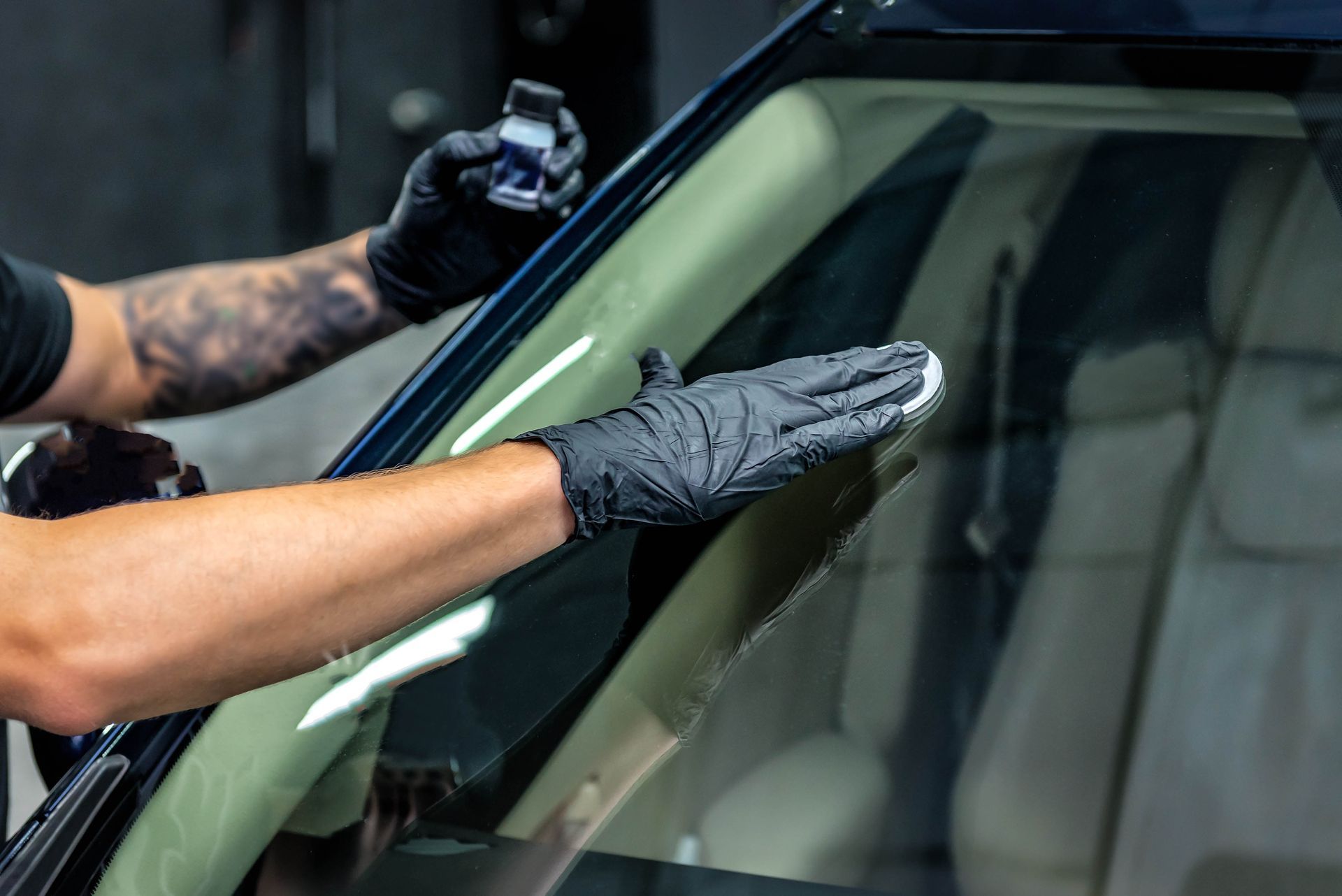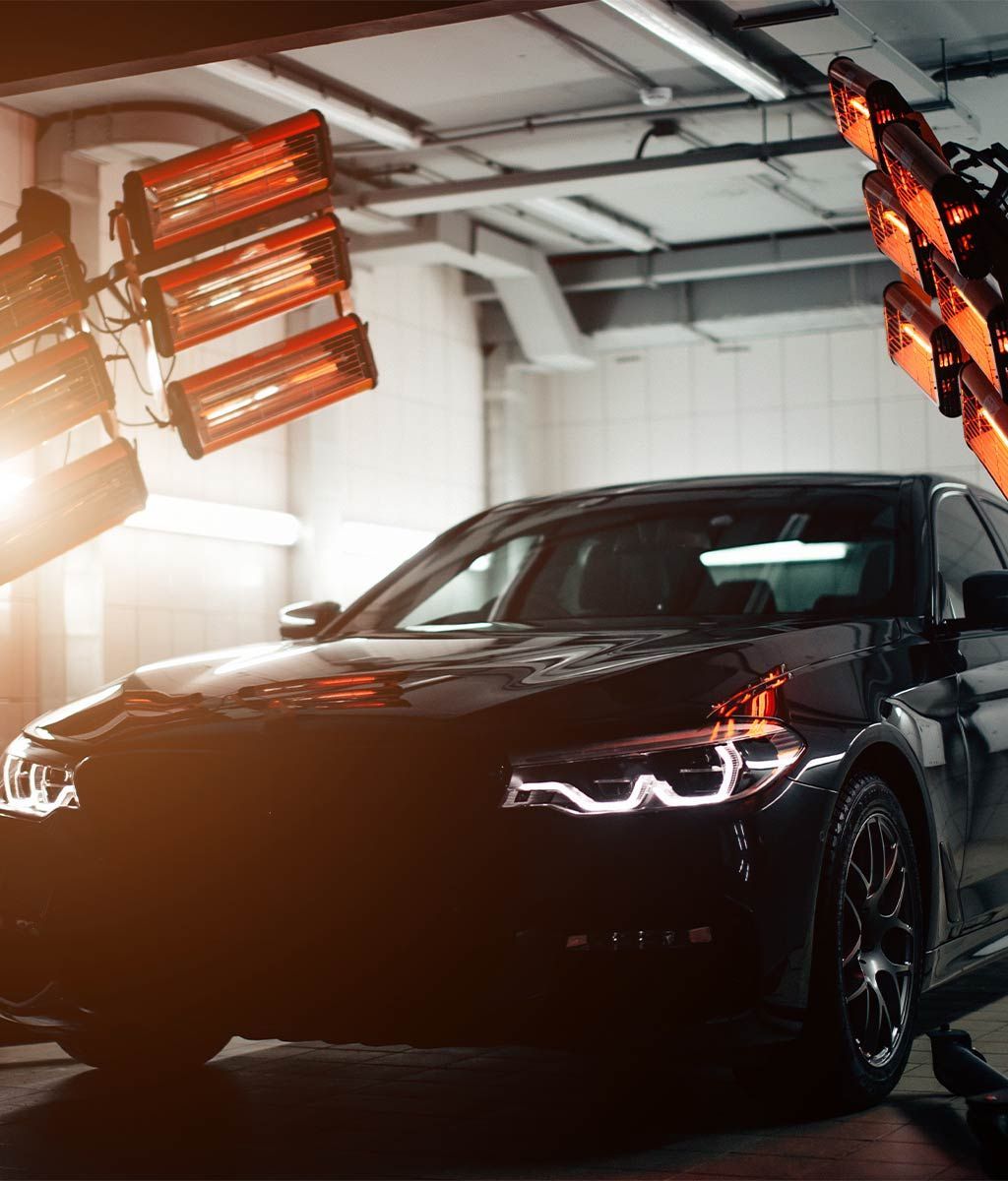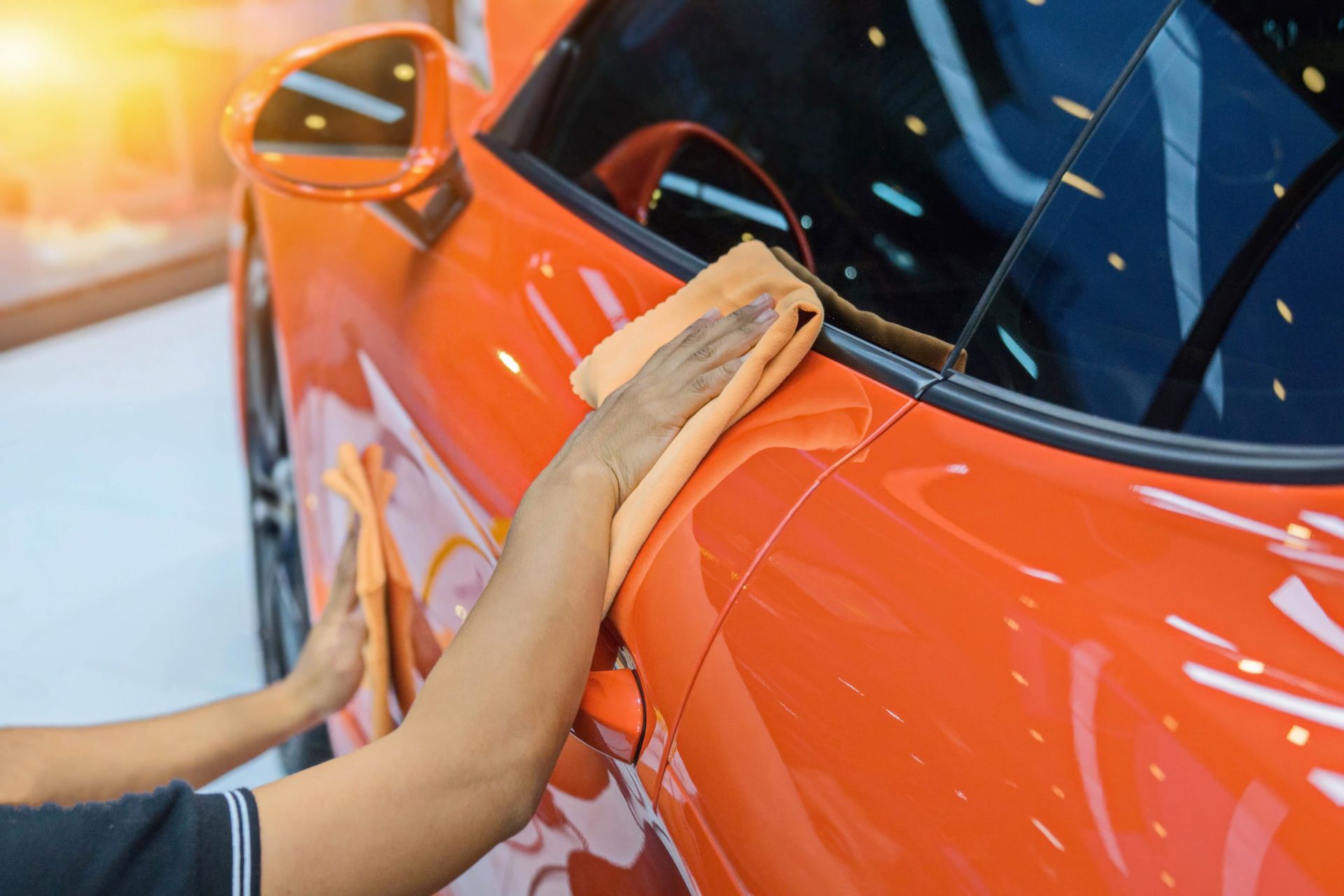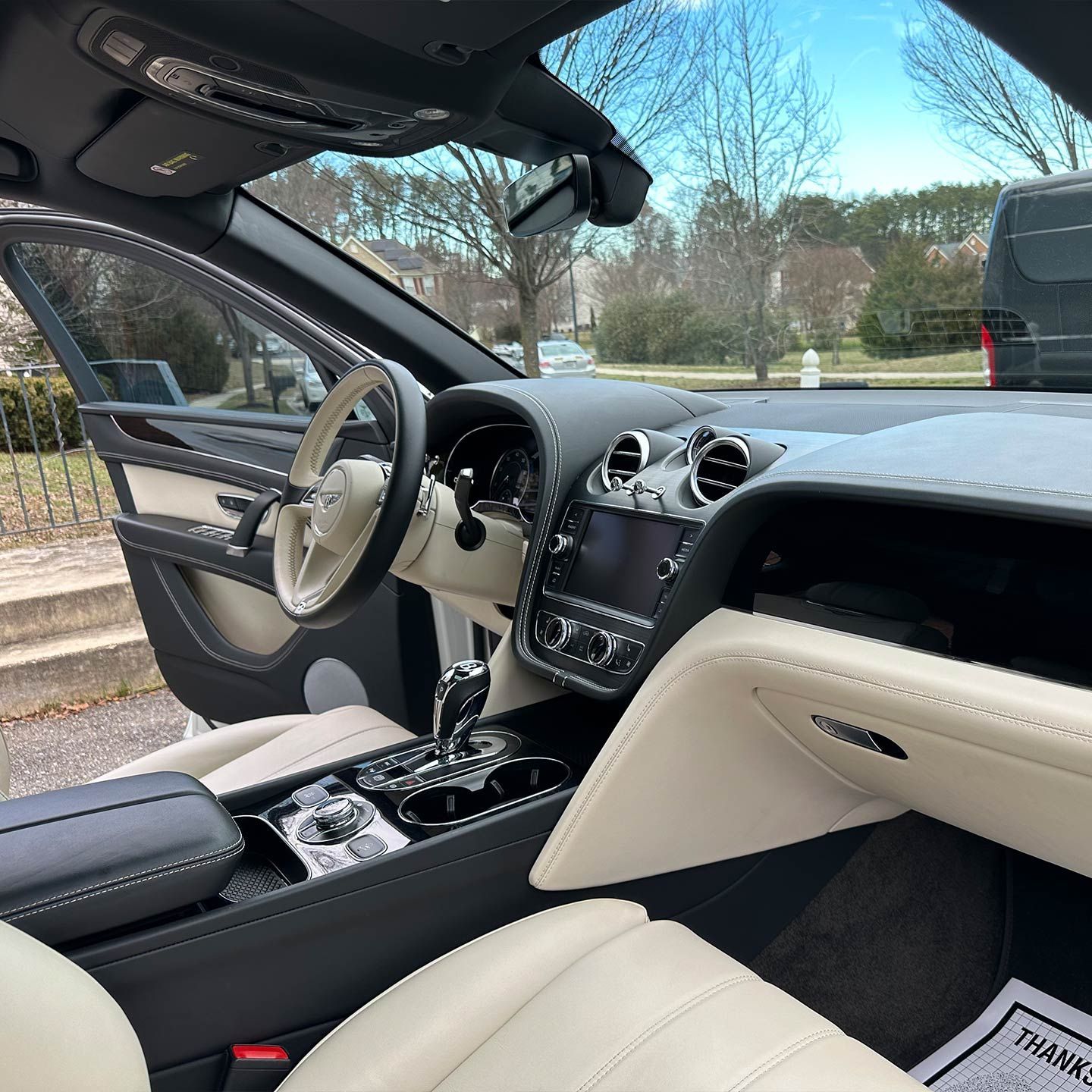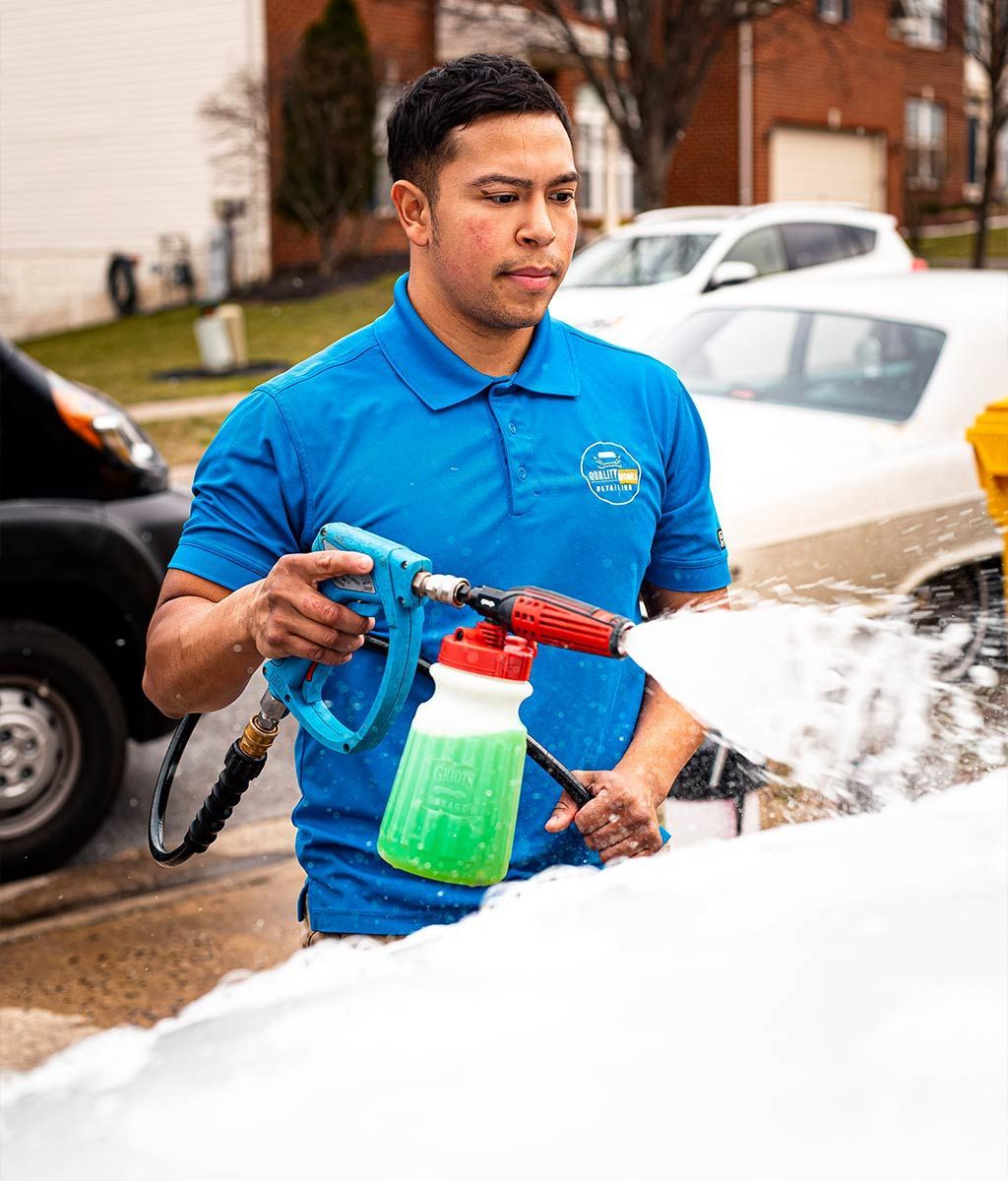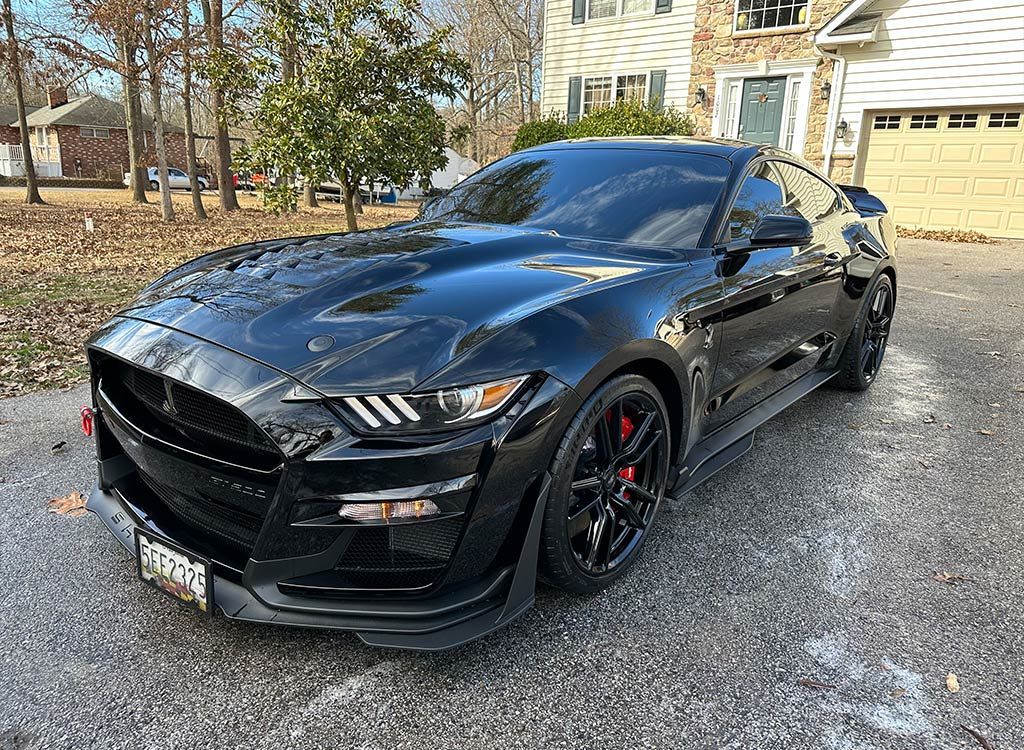The Basics of Ceramic Coating: A Beginner's Guide
CALL (410) 946-7360
SCHEDULE ONLINE
When it comes to caring for your car, we all want the best protection without the hassle. Ceramic coating, a modern solution, not only promises to keep your vehicle looking sleek but also shields it from everyday wear and tear. Many car owners share these experiences, yet few realize the transformative power of ceramic coatings. It's time to learn about ceramic coatings, compare them to traditional methods, and apply and maintain this protective layer for years. Let's embark on a journey to ensure your vehicle remains stunningly protected!
In "The Basics of Ceramic Coating: A Beginner's Guide," you will learn the fundamentals of what ceramic coatings are, their advantages over traditional waxes, and essential application techniques. The guide also includes recommendations for beginner-friendly products and tips on how to maintain your vehicle’s finish for long-lasting protection.
Overview of Ceramic Coating
Ceramic coating is not just another protective finish; it's a transformative solution for vehicle aesthetics. This innovative liquid polymer, when applied to the car's exterior, forms a strong chemical bond with the factory paint. The result? The result is a resilient layer of protection that surpasses the capabilities of conventional methods.
Unlike traditional waxes, which merely sit on top and can disappear after just a few washes, the ceramic coating acts semi-permanently. It's designed to withstand the elements—be it rain, snow, or UV rays—offering a formidable safeguard against environmental contaminants.
The growing popularity of ceramic coatings among automotive enthusiasts reflects their practical advantages over older methods of protection.
Over the last decade, this technology has gained traction with professional detailers around the globe, and now it's carving a niche for DIY enthusiasts as well. Improved access to user-friendly products has made it easier than ever for individuals to apply these protective coatings at home. With brands offering simplified application processes and even beginner-targeted solutions, there's no need to be an expert to achieve stunning results.
The Science Behind Ceramic Coating
At its core, ceramic coating primarily consists of silica dioxide (SiO₂), often mixed with other bonding agents. Imagine it as adding an extra layer of clear coat that enhances the durability of your vehicle's paint. This special formula enables the coating to resist scratches and fend off chemical contaminants—a significant upgrade over traditional finishes.
Many car owners have found relief in knowing that even stubborn foes like bird droppings and tree sap, notorious for damaging paintwork, stand little chance against a quality ceramic coat. Keeping that pristine shine becomes less about constant scrubbing and more about enjoying your vehicle with peace of mind.
As you consider applying ceramic coating yourself or through a professional service, understanding its composition and benefits can pave the way for making informed choices about car care. With this knowledge in hand, exploring how protective measures enhance your vehicle's longevity becomes incredibly relevant.
Benefits of Car Protection
Car protection with ceramic coating offers several tangible benefits that go beyond aesthetics. The protective layer it provides doesn't just enhance the beauty of your vehicle; it creates a robust shield against the wear and tear that cars typically face. According to consumer reports, properly applied ceramic coatings can protect a car's exterior for up to 2-5 years, depending on the product and conditions. This means less frequent trips to the detailer and greater peace of mind knowing that your vehicle is safeguarded.
Enhanced Durability
One of the greatest advantages of ceramic coatings is their enhanced durability. They significantly outlast traditional waxes and sealants in both performance and lifespan. For example, while a good wax may last a few months at best, a ceramic coat can fend off harmful environmental factors such as UV rays, bird droppings, road salt, and dirt for multiple years. This added resilience combats paint oxidation, preventing fading and dullness over time, leaving your car looking fresh long after its initial application.
Some enthusiasts may argue that traditional wax provides a richer shine than ceramic coatings. However, the ability of ceramic coatings to resist wear and maintain clarity generally outweighs aesthetic concerns. It's like choosing between a beautiful vase that chips easily compared to one that's slightly less ornate but will remain flawless for years.
Hydrophobic Properties
Another standout feature of ceramic coatings is their hydrophobic nature. This property means they repel water effectively; think of how droplets bead up on glass after rain. Water beads up and slides off a ceramic-coated surface much like rain on a freshly waxed car but with a lasting effect that far surpasses ordinary wax. Not only does such a coating make washing your car easier—dirt has a harder time sticking—but it also reduces the frequency of washes you’ll need.
Imagine cruising down the highway after a rainstorm—the droplets would effortlessly roll off your vehicle without leaving behind streaks or spots. It's almost as if you've given your car an invisible force field! But hydrophobic properties aren't just about appearance; they also functionally safeguard your paint from contaminants like tree sap or road grime, which could otherwise lead to etching or staining.
UV Protection
The UV protection provided by ceramic coatings is another crucial benefit worth noting. By blocking up to 99% of harmful UV rays, these coatings prevent paint oxidation and color fading caused by sun exposure. It’s like wearing sunscreen for your car! Without proper protection, vehicles exposed to direct sunlight can suffer severe damage over time—think discoloration and dull appearance that simply can't be rectified through washing alone.
By applying the ceramic coating, you are strategically investing in preserving your car's value over time while saving money on potential repainting jobs down the line.
With these protective qualities in mind, you can see why many opt for ceramic coatings as their choice for maintaining vehicle aesthetics. Next, we will explore how to apply this innovative solution correctly to ensure maximum effectiveness and longevity.
Essential Tools and Products
Choosing the right tools and products is crucial for effective engine detailing. Imagine preparing for a significant project—without the appropriate tools, even the most skilled craftsman may come to a halt. For maintaining the performance of your vehicle's engine, it’s no different.
Starting with engine degreasers, these products are highly effective for breaking down stubborn grease and grime that accumulate under the hood. A clean engine isn’t just about looks; it enhances performance by allowing better heat dissipation while preventing rust build-up over time. Using industry favorites like Simple Green or Purple Power, you'll notice how easily gunk is lifted away, paving the way for deeper cleaning.
After applying degreasers, using a soft-bristle brush becomes essential for removing loose dirt and debris without damaging sensitive components.
The next vital tool in your arsenal should be a soft-bristle brush. Think of it as your little helper—it reaches into tight spaces that fingers can’t fit into and gently ushers away dust without scratching surfaces.
Once you've removed any loose particles, use microfiber cloths to ensure a strong finish.
Microfiber cloths are another crucial element in the detailing toolbox. Not only do they dry surfaces effectively, but they also provide that final touch to leave everything looking polished.
Finally, wielding a low-pressure hose will help rinse off all cleaners thoroughly, readying everything for that grand reveal.
A low-pressure hose brings us to the final stage of our detailing journey—it ensures that no soap remains behind. Any garden hose with a nozzle works perfectly in this situation; however, keep in mind that high pressure can be detrimental to delicate components. Rinsing adequately helps keep fluid channels unclogged and enhances overall engine efficiency, which aligns well with regular maintenance perceived as an ongoing friendship instead of a chore.
Indeed, utilizing these tools not only addresses cleanliness but also caters to improved performance and longevity of your vehicle's engine components. Regular detailing means understanding what products to use and how they contribute holistically to your car’s health, leading to smoother rides ahead.
As we explore further into maintaining your vehicle's condition, understanding ongoing care practices will elevate how you approach this responsibility and its importance in longevity.
Long-Term Maintenance Tips
Consistent care can significantly enhance the longevity of your engine’s clean state by preventing contaminants from accumulating and damaging sensitive components. One of the foremost practices is to conduct monthly visual inspections. Look closely for any signs of leaks or unusual build-up of dirt. This simple yet effective measure can alert you to potential issues early on, saving both time and money in the long run.
Regular Inspections
To ensure everything is running smoothly, make it a habit to inspect your engine compartment monthly. During these checks, pay special attention to hoses and belts; cracks or leaks are often more apparent when you take a moment to look closely. This not only protects your investment but also gives you peace of mind about your vehicle's overall health.
Establishing a routine cleaning schedule, in addition to inspections, will help maintain that freshly detailed look under the engine.
Routine Cleaning Schedule
It's wise to schedule engine detailing every 3-6 months. This interval provides an excellent balance between preserving cleanliness and practicality. Not only does regular cleaning keep your engine bay looking sharp, but it also ensures that grease and grime don't become embedded in crevices over time. This proactive approach pays off by prolonging the lifespan of various engine components.
Imagine how much easier it is to spot problems when everything is clean and organized! A regularly maintained engine allows for a clearer view of its vital parts, aiding in timely interventions.
Moreover, as you embark on this maintenance journey, don’t ignore the other essential elements that contribute to exceptional engine performance. Change your oil every 5,000 to 7,500 miles for crucial lubrication that keeps all moving parts functioning optimally. Additionally, replace air filters every 15,000 to 30,000 miles to ensure adequate airflow and efficiency.
All these strategies culminate in enhanced engine health—maximizing the benefits of full detailing services.
Our detailed offerings at Quality Mobile Detailing LLC are designed to meet these standards, providing clients with effective maintenance solutions tailored specifically to their automotive needs.
Taking proactive steps in maintaining your engine not only enhances its performance but also extends its lifespan. For more information or to schedule detailing services, contact us today at
Quality Mobile Detailing LLC.
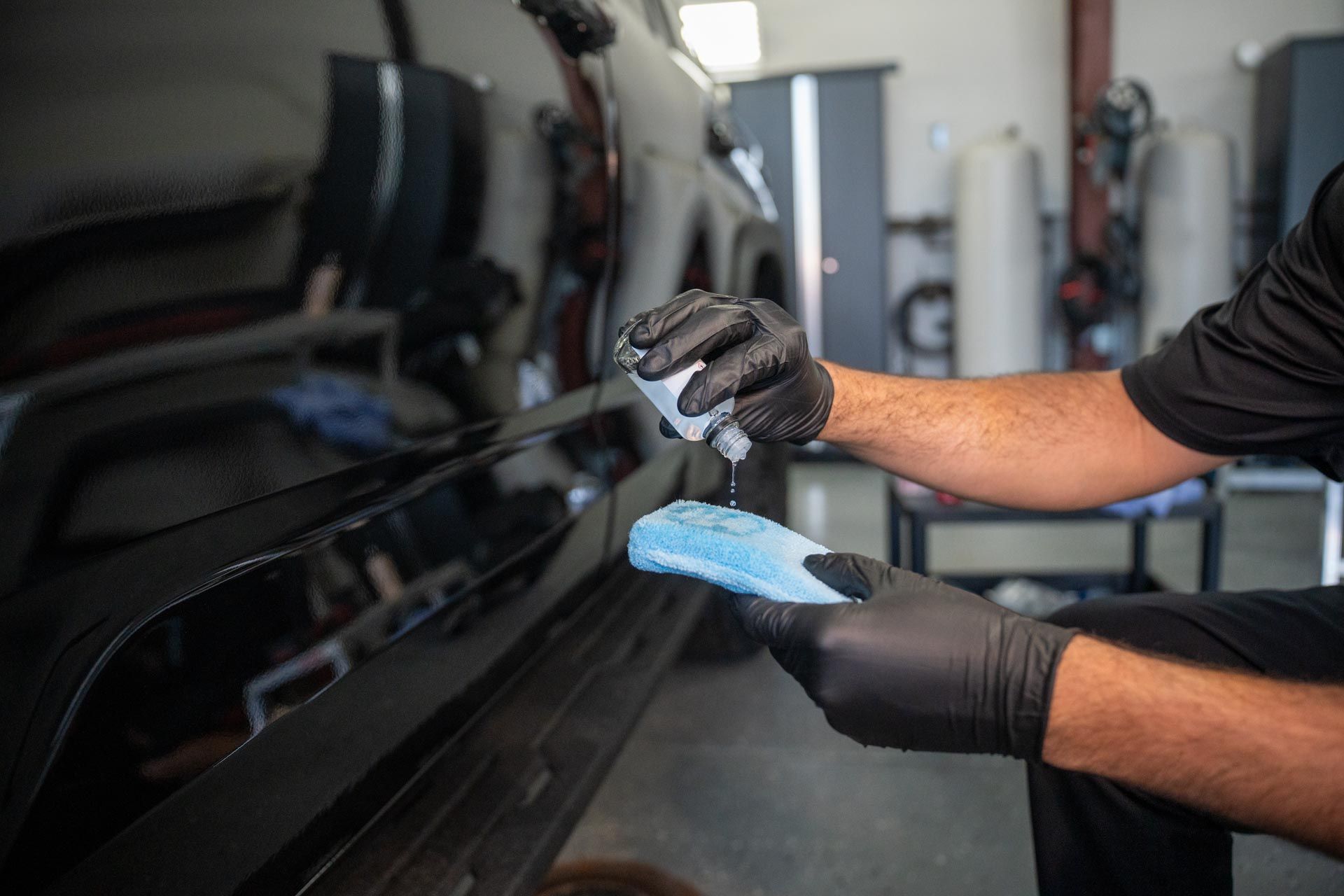
Quality Mobile Detailing was founded in 2021 by a leader in the auto detailing world with one too many bad experiences in lackluster car care. Deciding they could do it better, all the great interior and exterior auto detailing efforts available here at Quality Mobile Detailing were born. Each package here originated as a mobile detailing service, traveling to vehicle owners strictly in the immediate Odenton, Maryland area before expanding to include the many cities and towns that we now see on a daily basis. Outside of traditional cars, trucks, and SUVs, Quality Mobile Detailing has become the area’s leader in fleet detailing as well. Leave the dirty work to us!
Quick links
Our Location
911 Autumn Valley Ln, Gambrills, MD 21054, United States of America
CONTACT US
Phone: (410)-946-7360
Designed by the team at Detailers Roadmap, a platform developed for detailing operators across the globe.
All Rights Reserved | 8bitcreative, LLC | Quality Mobile Detailing
